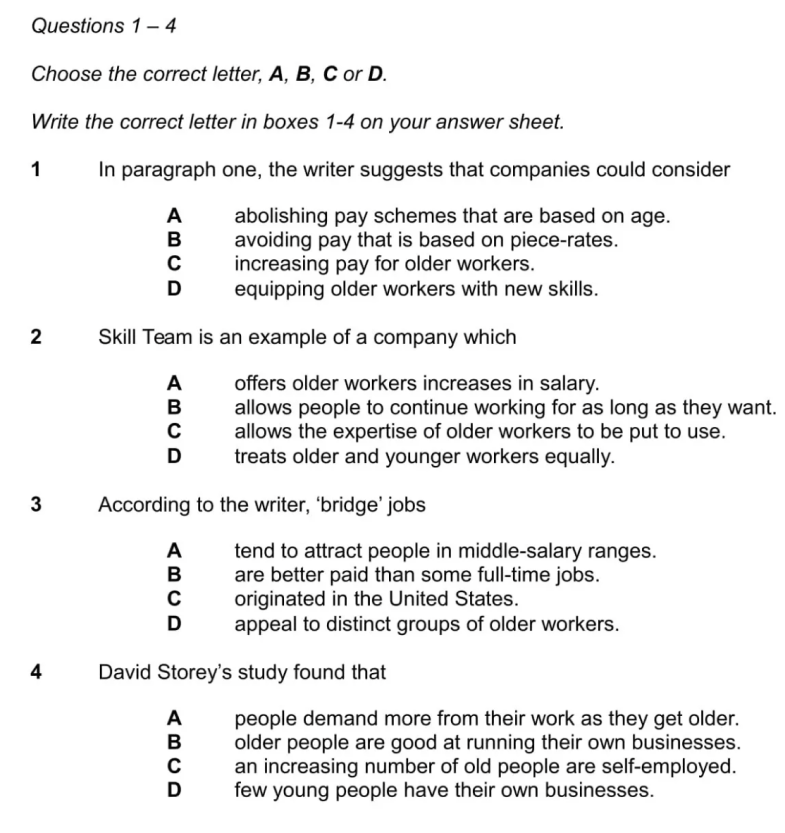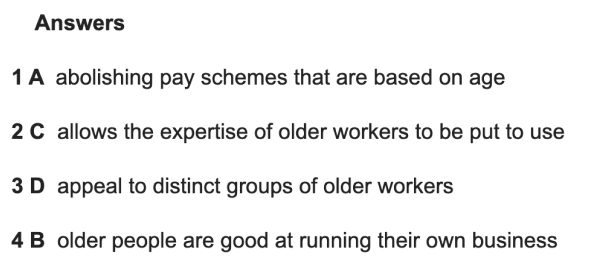MATCHING INFORMATION
In this question type, some information will be given to you from the passage containing different paragraphs. The paragraphs will be marked with different letters such as A, B, C and so on. You must identify the correct paragraph from which the given information taken and then write down the respective letter of the correct paragraph in your answer sheet.
IDENTIFYING INFORMATION (True, False, Not Given)
In this question type, some information will be given to you from the passage containing different paragraphs. The paragraphs will be marked with different letters such as A, B, C and so on. You must identify the correct paragraph from which the given information taken and then write down the respective letter of the correct paragraph in your answer sheet.
IDENTIFYING WRITER’S VIEWS OR CLAIMS (Yes, No, Not Given)
In this question type, you will be given a set of statements. You must tell that whether those statements agree or disagree with the writer’s view or claims. You may also come across a situation where the statement neither favors nor contradicts the writer’s views/claims. Based on the information given in the passage, you must select your answer as Yes, No or Not Given.
MULTIPLE CHOICE QUESTION
In this question type, you will be presented with a question with multiple options to make a choice. You must select the correct option, out of the given choices to answer the question correctly.
MATCHING SENTENCE ENDINGS
In this question type, you will be given some incomplete sentences from the passage. You must complete the sentences by matching the correct sentence endings from the list of options given to you.
MATCHING HEADINGS
In this question type, you must choose the correct heading for the different paragraphs given in the passage. For this, you will be given a list of headings to choose from. You must identify the main idea or context of the paragraph and choose the correct heading for the paragraph. Note: All the given headings will not be used as there will be a greater number of headings than the paragraphs.
MATCHING FEATURES
In this question type, some statements will be given to you as questions. There will be another list provided with a set of connecting features. Based on the information given in the text, you must match each statement with the correct feature.
TABLE COMPLETION
In Table Completion question type, a table with some missing information will be provided. You must find the missing information from the passage and complete the table by choosing the correct words and/or a number from either the text or the list of words given.
DIAGRAM LABEL COMPLETION
In Diagram Label Completion question type, you will be presented with a diagram with incomplete labelling. The information regarding the diagram will be given in the passage. The diagram given can be of anything that can be demonstrated in the picture form such as any processes, any technical drawing, a structure or design of something, a plan or methodology of something, etc. You will be tasked to label the diagram correctly after analysing the diagram and information provided.
SUMMARY COMPLETION
In this question type, an incomplete summary will be given to you from the passage. You will have to fill in the blanks with the appropriate words from either the passage itself or from the list of words given. Note: Usually, the summary given will be from a part of the passage.
SENTENCE COMPLETION
In this question type, you will get some incomplete sentences and you must complete those sentences using the information from the text provided.
FLOW CHART AND NOTE COMPLETION
In both question types, you will either get an incomplete flow chart or an incomplete note and you must complete the chart or the note by choosing the correct words and/or a number from either the text or the list of options given.
SHORT-ANSWER QUESTIONS
In this question type, you are given a few questions from the text. You must provide short answers to those questions (word limit will be mentioned in the instructions) based on the information given in the text.






